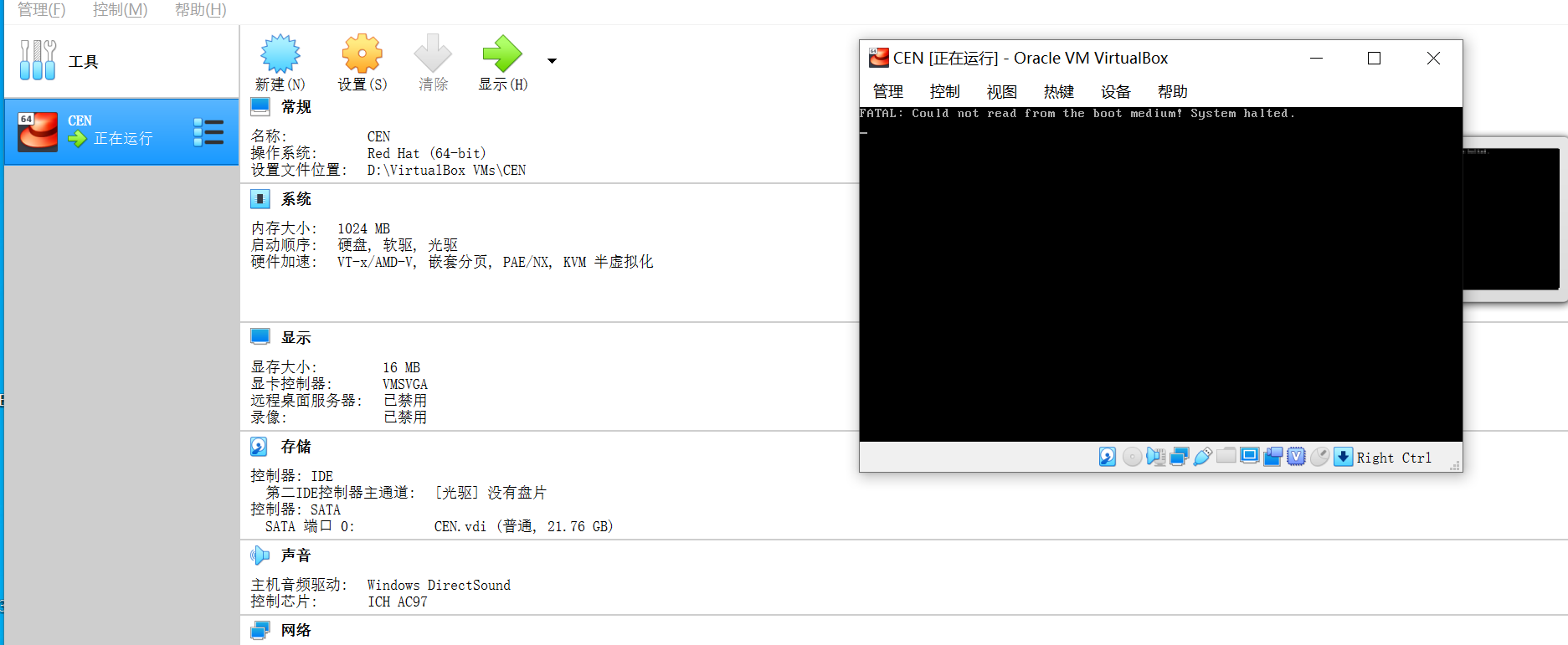


This will list all your disk partitions, size, and labels. Or check in your Grub menu, Or you can run the below command to find out. If you don’t know, you can use GParted to find out. You need to know on which partition your Arch Linux is installed.Remember this step requires another working stable system, obviously, as your current system is not usable. You can check out this guide on how to create bootable.

ISO from this link and create a bootable. The first step is to create a bootable LIVE USB with Arch Linux.This guide outlines some steps in that direction. So, in those scenarios, instead of re-formatting or reinstalling, you may want to try to recover the installation, including the data, before giving up your hope. But still, Arch Linux is still better and provides the latest packages and applications.īut sometimes, it gives you trouble, and you end up with a blinking cursor and nothing else. Not because of your own actions but hundreds of other reasons, such as a new Kernel vs your hardware or software compatibility. This quick guide explains some of the steps which may come in handy to recover an Arch Linux Install.īeing a rolling release, sometimes things break in Arch Linux.


 0 kommentar(er)
0 kommentar(er)
